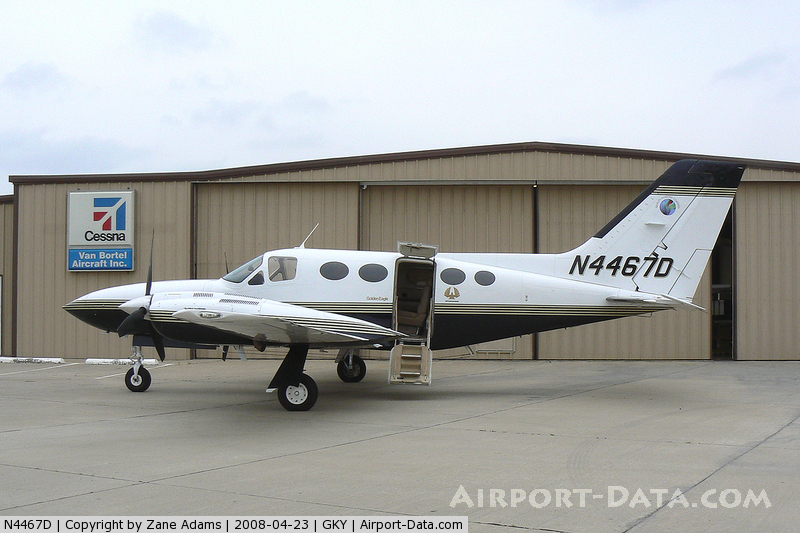Crash of a Cessna 414A chancellor in McKinney: 2 killed
Date & Time:
Jun 27, 2024 at 1028 LT
Registration:
N414BS
Survivors:
Yes
MSN:
414A-0504
YOM:
1980
Crew on board:
1
Crew fatalities:
Pax on board:
2
Pax fatalities:
Other fatalities:
Total fatalities:
2
Circumstances:
Shortly after takeoff from McKinney Airport, while in initial climb, the twin engine airplane entered an uncontrolled descent and crashed inverted in a quarry, bursting into flames. Two people were killed and a third occupant was seriously injured. It is believed that the pilot encountered engine problems shortly after departure.




